Wood Siding
Wood Siding
There is a reason every other type of siding on the market tries to replicate wood finishes – it’s classic, timeless, and beautiful. This environmentally friendly siding alternative has been used for centuries and continues to delight contemporary homeowners.
The Benefits of Wood Siding
When choosing the right siding style, it is important to weigh all of your options and find the best fit for you and your home or business. To help in your decision making, we have put together a list of benefits to wood siding below. Take some time to think about what matters most to you and use these details to make an informed decision. If you have any questions or would like to know more about wood siding, contact us!
Easy Maintenance
wood siding is easily replaced when damaged due to how easily the pieces can be removed and individual re-installed. Many times, homeowners themselves can handle small repairs with ease.
Readily Available
most suppliers offer several variations of wood siding ready for purchase and any competent siding installer can handle the job quickly and efficiently.
Beautiful
wood siding is the most traditional form of siding. It is widely recognized and creates interesting texture and patterns on all forms of structures. It is also known for its ability to weather beautifully, creating a new aesthetic the longer it sits.

Environmentally Friendly
not only is wood siding completely biodegradable, most suppliers only use renewable sources to create their materials.

Easily Customizable
wood siding is easy to paint and can be stained or painted any color to accommodate any homeowner’s vision.
Types of Wood Siding
Wood siding comes in all the familiar styles of siding like shingle, shake, scalloped, horizontal, vertical, and board and batten to name a few. Almost all wooden siding can accommodate these styles, but choosing the right wood takes priority. Once you have selected the type of wood you would like to use for your siding, you can choose from the styles available in that type of wood. To help guide your decision making, we have gathered basic information on the most common types of wood available for siding below.
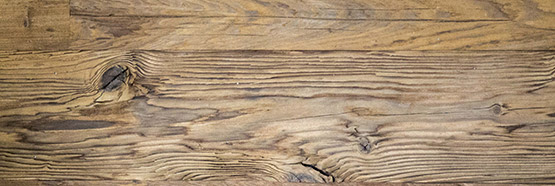
Cypress
is a durable, lightweight hardwood that is often salvaged from old demolished homes. It is both rot-resistant and repels insects. This wood is difficult to mill and can be expensive to procure.
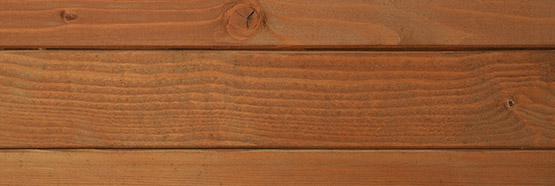
Redwood
is one of the most identifiable and preferred woods for siding. It is durable and has very little resin which makes it easier to stain or otherwise treat when compared to other woods. Because redwood is less prone to shrinking, redwood siding is much lower maintenance due to less cupping and warping. It repels insects well, but can be expensive to procure in parts of the country outside of the American Northwest.
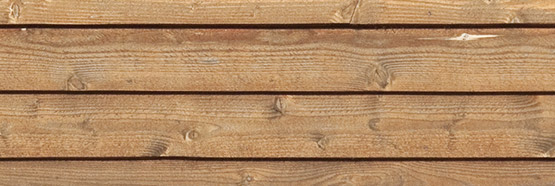
Cedar
is one of the sturdier softwoods known for its ease of use. It has a relatively straight grain which makes the wood very stable for siding and provides a beautiful finish when stained. Cedar is less inclined to split, swell, or cup and is resistant to rot and insects. It has a signature red and white woodgrain known as “heartwood” which dictates the price.
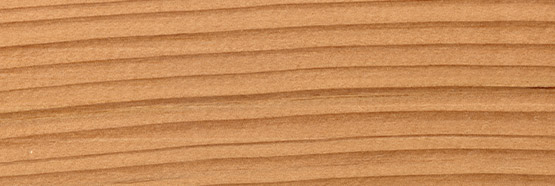
Fir
is a softwood commonly recognized for it’s ability to product longer boards. There is little sap or resin making it easy to cut, stain, and paint and also diverse in the way it’s milled. Fir, however, is not naturally insect or rot resistant and requires regular maintenance to stave off moisture and insects.
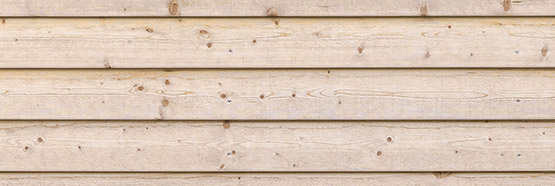
Spruce
a member of the pine family, spruce is commonly found on the East coast. While spruce has similar characteristics to pine, boards are available in much longer lengths. It is a softwood and has many diverse styles of milling. Like other softwoods, spruce is not rot or insect resistant and requires regular maintenance to protect the wood.
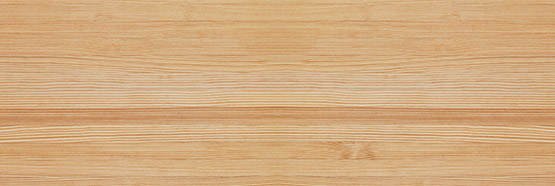
Pine
is the most common wood found in North America and has two common types: white and yellow. The white variation is often used for finishing, while yellow is used for structure elements as it contains larger amounts of sap that rejects paint and stain. Pine is not resistant to rot or insects and requires regular maintenance for protection.
Learn More
To find out which wood and style would be best for your home, contact Big Fish Contracting today!
Our Trusted Suppliers
![]()
![]()
![]()
![]()
![]()
![]()













